HUMAN DEVELOPMENT COUNCIL
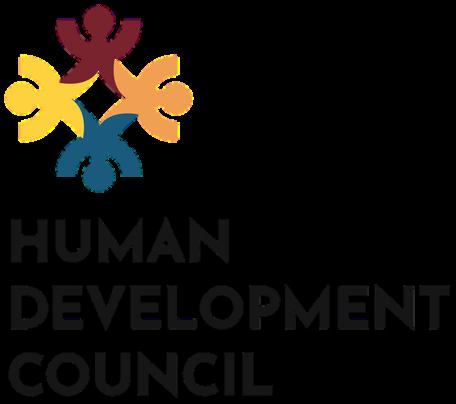


A conversation starter about recent trends in social issues, and the rise in homelessness in New Brunswick. What
New Brunswick has been grappling with a growing set of challenges in recent years Since the pandemic, the province has faced an escalating housing crisis alongside unprecedented affordability struggles. At the same time, health concerns have been rising, and the healthcare system is struggling to meet peoples’ needs.
This report will provide a brief overview of these issues, offering simple data and insights to illustrate how worsening conditions in the past five years have contributed to an increase in homelessness. New Brunswick is experiencing the convergence of multiple systemic and social issues, each compounding the other, creating a perfect storm of social and economic hardship. Those who were already struggling with the rising cost of basic necessities and precarious housing have been pushed further into crisis. The result is that many individuals have ended up ultimately experiencing homelessness.
This report highlights key trends and data to show how recent years have brought unprecedented challenges in housing, affordability, and health. The data is intended to start a conversation about the realities facing New Brunswickers and how shifting social conditions have contributed to where we are today.
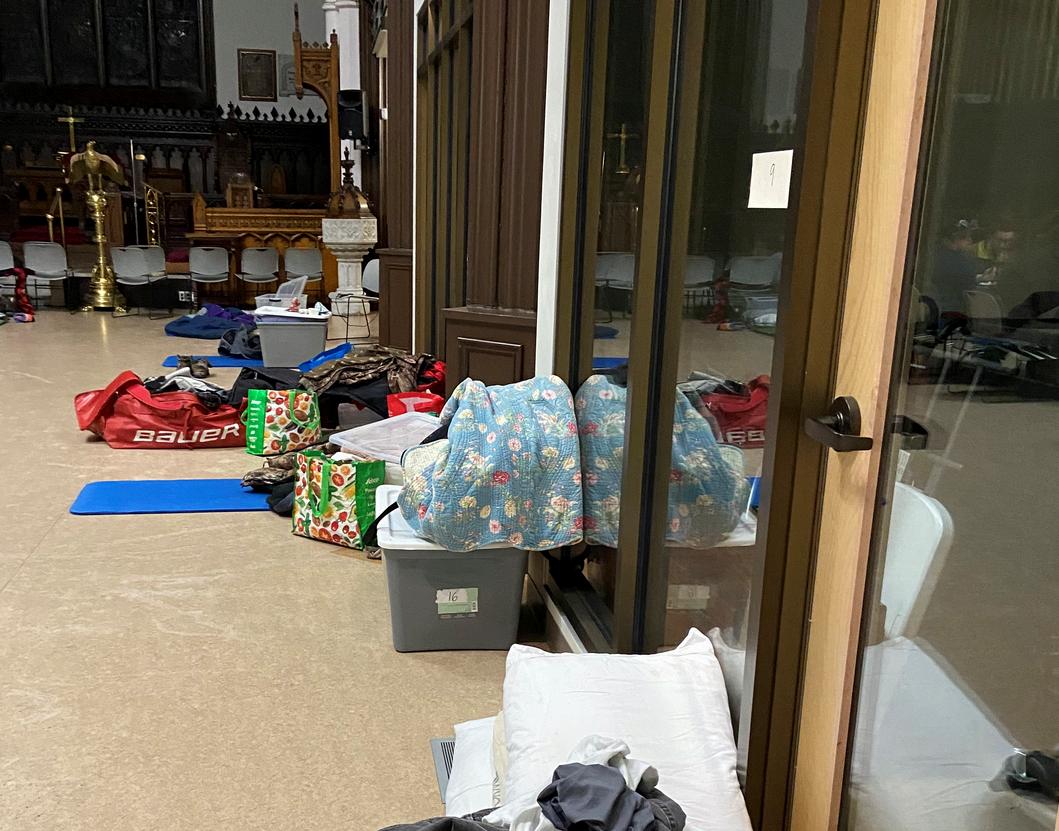
In March 2021, 493 individuals were identified as experiencing homelessness for at least one day in Moncton, Fredericton, and Saint John. In March 2025, that number had risen to 1,529. That corresponds to an increase of:
New Brunswick experienced some of the highest rent increases in Canada. From 2020 to 2024, rent rose by 34.7%.
In the decade before the pandemic, the MLS® average residential sale price was relatively stable. Then, from 2019 to 2024, it increased by 84%.
In 5 years, the price of residential properties almost doubled 2%
New Brunswick is experiencing some of the lowest vacancy rates in decades. In 2024, it was 2 0%
The housing stock in New Brunswick grew 7%, not keeping up with population growth of 12%. New Brunswick is losing affordable units
The # of unsubsidized units that cost less than $750 dropped by 25% from 2016 to 2021.
Q4 2016 Q4 2024 % Increase
New Brunswick had the highest provincial low-income rate in the country in 2023 at 16.7%.
16.7% in Low Income
The low-income rate is increasing. It increased by 4.6% from 2021 to 2022, and 0.2% from 2022 to 2023.
Low Wage Employees
45% earned less than the living wage in 2024.
45% of employees in NB earned less than the provincial living wage of $24.62 in 2024.
Food Insecurity Has Been Rising From 2019 to 2024,
Aged 15 to 64 Are Not Students Are 20 or Older Are Woman+ Work at Firms with 100+ Employees Are Full-Time Employees Are Permanent Employees
The number of Social Assistance recipients has returned to prepandemic levels and is increasing. Social Assistance Recipients
Perceived mental health (very good or excellent) in New Brunswick dropped from 2019 to 2023. It went from: 62.4% in 2019 to
in 2023
Overall perceived health (very good or excellent) also dropped. It went from:
% Reporting Very Good or Excellent Mental Health
Ambulance New Brunswick
The percent of New Brunswickers reporting unmet health care needs (those who reported that they needed care, excluding home care, but didn’t receive it) has nearly doubled since 2019.
In 2019, naloxone was administered to 253 suspect opioid overdose patients. In 2024, it was 659. That corresponds to a: 93% in 2017 to 79% in 2023.
The percentage of people reporting that they have access to a primary care provider has gone from:
Homelessness is a complex social issue affecting far too many New Brunswickers Its causes are multifaceted, and each individual experiencing homelessness has a unique story with distinct challenges. Therefore, no single factor can be pinpointed as the sole cause. However, we can identify correlations between recent social trends that have made life increasingly difficult for many and the rise in homelessness.
Housing has become unaffordable and scarce, the cost of living continues to rise beyond what many can afford, and wages have not kept pace. Additionally, certain health indicators are worsening, and the healthcare system is struggling to meet demand. While not all measures of community well-being are declining in New Brunswick, this report highlights some of the added pressures and challenges faced by individuals and families in precarious housing situations, pressures that have inevitably pushed some into homelessness.
It is important to recognize that the three critical issues New Brunswick has faced in recent years (housing, affordability, and healthcare) are not the sole causes of homelessness Homelessness is deeply connected to broader systemic issues such as the financialization of the housing market, inadequate tenant protections, and failures within social support systems. Many of these challenges have been perpetuating homelessness for far longer than the past five years.
For those interested in learning more about the causes of homelessness and the barriers affecting society’s most vulnerable, there are several valuable resources:
The New Brunswick Coalition for Tenants’ Rights provides extensive research on the financialization of housing, weak tenant protections, and the lack of rent controls.
The Human Development Council publishes reports on topics like poverty and
living wages. Some of their homelessness reports explore the connections between homelessness and systems like foster care, corrections, and healthcare.
The New Brunswick Women’s Council publishes research on public policy issues, including low-wage work, homelessness, and poverty.
The New Brunswick Health Council provides reports, research, and comprehensive data on the health of New Brunswickers.
NB Social Pediatrics publishes academic research on best practices in health and social care.
The New Brunswick Coalition for People with Disabilities publishes research and blogs on disability and accessibility.
These organizations offer insights into the structural issues contributing to homelessness and poverty, helping to inform both policy and public discourse

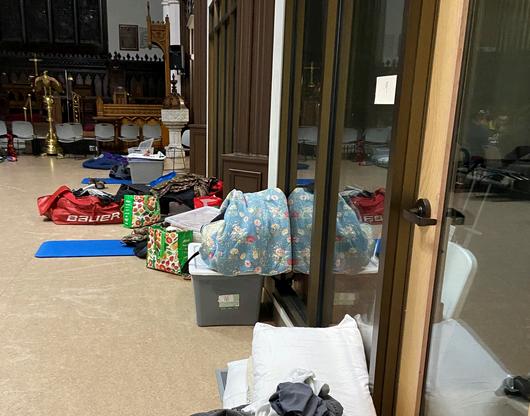
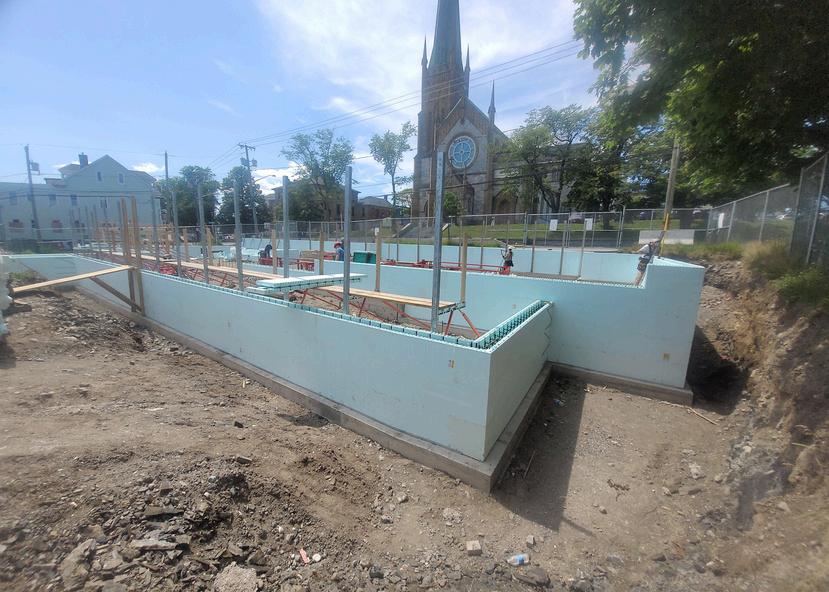
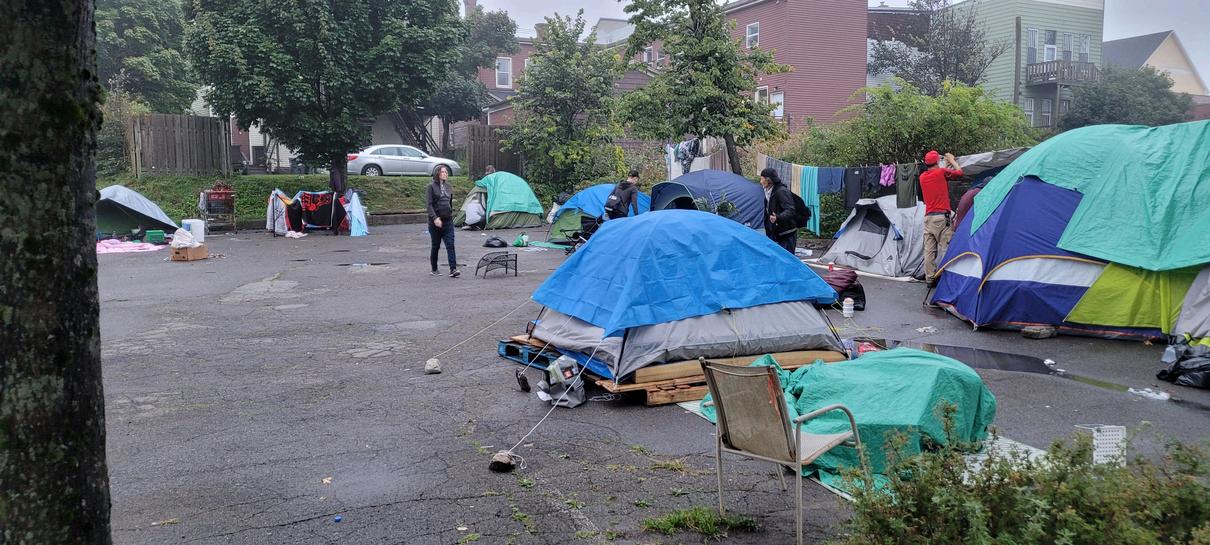
1 Human Development Council (2025) Community Homelessness Reports: Saint John, Moncton, and Fredericton https://sjhdc ca/coordination-homelessness/
2 Statistics Canada (2025) Table 18-10-0005-01 Consumer Price Index, annual average, not seasonally adjusted. Statistics Canada. https://www150.statcan.gc.ca/t1/tbl1/en/tv.action?pid=1810000501
3 Government of New Brunswick (2025) New Brunswick Well-being Indicators Dashboard https://www3 gnb ca/FTB-FCT/wbi-ibe/?lang=en
4 Ibid
5 LeBlanc Haley, T , Allain, K A , & Hayes, M (2024) Without Protection: An Examination of New Brunswick’s Rental Housing Crisis. New Brunswick Coalition for Tenants’ Rights. https://static1 squarespace com/static/5f393e7ee7e7605845118d8e/t/67074c4c21222b6005e3a673/17 28531533183/WP-NB-DIGITAL-English-Cr10 pdf
6 Statistics Canada (2024) Table 17-10-0009-01 Population estimates, quarterly Statistics Canada https://www150 statcan gc ca/t1/tbl1/en/tv action?pid=1710000901
7.Statistics Canada. (2025). Table 36-10-0688-01 Housing stock in units included in the gross domestic product by income and expenditure Statistics Canada https://www150 statcan gc ca/t1/tbl1/en/tv action? pid=3610068801
8 Statistics Canada (2024) Table 11-10-0135-01 Low income statistics by age, sex and economic family type Statistics Canada. https://www150.statcan.gc.ca/t1/tbl1/en/tv.action?pid=1110013501
9.Food Banks Canada. (2025). HungerCount 2024: Buckling under the strain. “The Data.” Food Banks Canada. https://foodbankscanada ca/hungercount/
10 Human Development Council (n d ) New Brunswick Community Data Portal: Labour Dashboard https://sjhdc ca/nb-data-portal/ Labour Dashboard
11.Statistics Canada. (2025). Table 18-10-0005-01 Consumer Price Index, annual average, not seasonally adjusted. Statistics Canada. https://www150.statcan.gc.ca/t1/tbl1/en/tv.action?pid=1810000501
12 Government of New Brunswick (n d ) “Social Assistance Caseload and Recipients ” Government of New Brunswick Social Development https://www2 gnb ca/content/gnb/en/departments/social development/statistics/social assistance caselo ad and recipients.html
13.Government of New Brunswick. (2025). New Brunswick Well-being Indicators Dashboard. https://www3 gnb ca/FTB-FCT/wbi-ibe/?lang=en
14 Ibid
15 Statistics Canada (2025) Table 13-10-0836-01 Unmet health care needs by sex and age group Statistics Canada. https://www150.statcan.gc.ca/t1/tbl1/en/cv.action?pid=1310083601
16.Department of Health. (2025). Substance Related Harms in New Brunswick: Deaths, Overdoses and Take Home Naloxone Kits Government of New Brunswick https://www2 gnb ca/content/gnb/en/corporate/promo/opioids/public health surveillance html
17 New Brunswick Health Council (2024) “Access to Primary Care in New Brunswick ” New Brunswick Health Council. https://nbhc.ca/surveys/access-primary-care-new-brunswick
